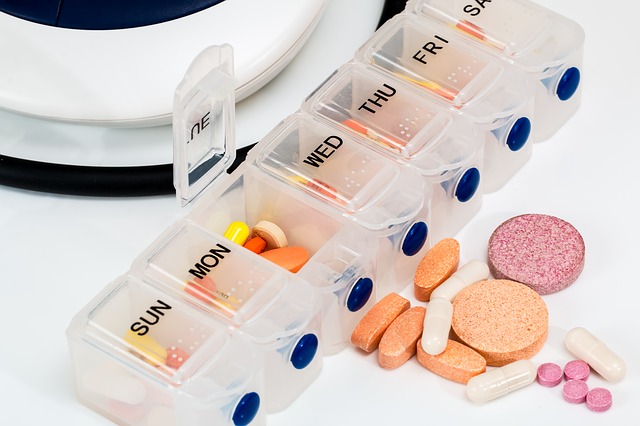In this case study, we discuss a situation where a drug causes a higher pH in the stomach. The elevated pH from an antacid can impact the absorption of other drugs.
A 44-year-old female presents to the clinic with Strep throat. Her current medications include celecoxib for arthritis pain and ranitidine 150 mg BID for heartburn. Her parents have always told her that she has a history of penicillin allergy, but doesn’t recall the reaction as it happened when she was a child. Upon review of her chart, you also note an intolerance to cefdinir. The intolerance to cefdinir is documented as stomach upset.
Upon discussion of the risks and potential benefits, it is decided to start oral cefuroxime for 10 days. After about 5 days of treatment, the patient calls to the clinic and report minimal to no improvement. Tolerability has not been an issue. What could this be from?
Cefuroxime is one of those medications that requires a lower pH in the stomach for adequate absorption. In this situation, the use of ranitidine has likely caused the pH to rise and may have caused impairment in the absorption process. This should have been addressed at the onset of therapy. There has been evidence that acid-suppressing drugs can lower the bioavailability of cefuroxime by up to 60%.
Stopping the ranitidine could have been a possibility, but the patient may not like this very much if they have a lot of heartburn. Alternatively, another antibiotic like a macrolide or another cephalosporin (i.e. cephalexin) could have been selected in place of the cefuroxime.
Here’s another case scenario where a drug interaction contributed to lower concentrations and treatment failure.
- 30 medication mistakes PDF
- 18+ Page Drug Interaction PDF
- 10 Commandments of Polypharmacy Webinar based on my experiences in clinical practice



0 Comments